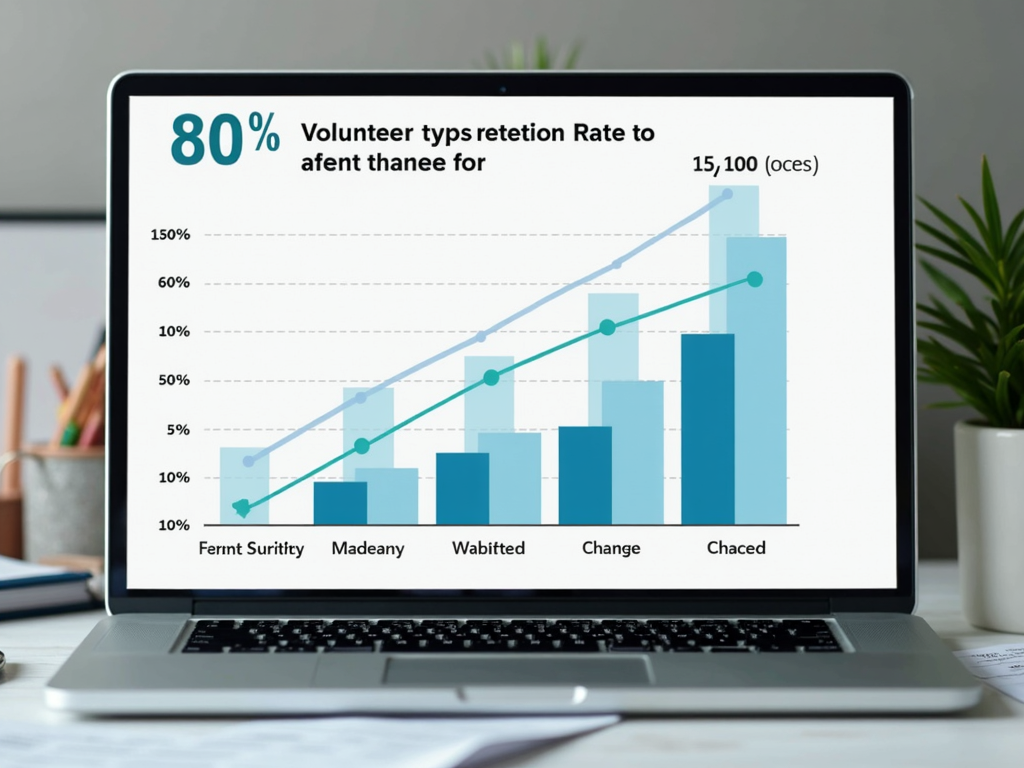How to Create a Volunteer Program: A Step-by-Step Guide
By , June 20, 2025
Creating a volunteer program can transform your organization and community. This guide offers a clear, step-by-step path to build a program that works. From setting goals to celebrating volunteers, you’ll find practical tips to engage volunteers effectively and make a real impact.

Step 1: Define Your Goals and Needs
Start by figuring out why you need volunteers and what you want them to do. Clear goals keep your program on track. Ask: What tasks need help? How do these fit your mission? For example, a food pantry might need help sorting donations or running events.
When I set up a volunteer program for an animal shelter, we pinpointed needs like dog walking and adoption events. This focus helped us find the right people. Use SMART goals—Specific, Measurable, Achievable, Relevant, Time-bound—like 'Recruit 10 volunteers to boost event turnout by 25% in six months.'

Step 2: Develop a Recruitment Strategy
Finding great volunteers takes a solid plan. Decide where to look and how to grab their attention. Post on social media, community boards, or sites like VolunteerMatch. Write clear descriptions: list tasks, time needed, and skills required. Highlight perks like learning new skills or meeting people.
To engage volunteers effectively, match their interests. Some want experience; others want to help out. For the shelter, we posted on pet lover groups and teamed up with a college for student volunteers. Resources from the Nonprofit Risk Management Center can guide your recruitment efforts.

Step 3: Create a Volunteer Handbook
A handbook sets volunteers up for success. Include your mission, rules, safety tips, and who to contact. Keep it simple—think welcome note, job details, and basic dos and don’ts. This builds confidence and cuts confusion.
At the shelter, our handbook had animal handling steps and emergency contacts. It made new volunteers feel ready. Here’s what to include: - Welcome message - Mission and values - Job descriptions - Safety rules - Contact info
A good handbook shows you’re serious about their role.

Step 4: Provide Training and Support
Training helps volunteers shine. Cover tasks and your group’s values. Use hands-on practice, videos, or shadowing—whatever works. Keep supporting them with check-ins or mentors. It shows you care.
For our shelter, we taught dog walking and customer chats. Pairing newbies with pros eased nerves. One volunteer said, 'Training made me feel I could do this.' Stanford University’s Center for Social Innovation notes training boosts volunteer commitment—proof it’s worth the effort.

Step 5: Recognize and Appreciate Volunteers
Thanking volunteers keeps them coming back. Try awards, notes, or shoutouts online. Host a small party or spotlight them in newsletters. It’s about making them feel seen.
We started a 'Volunteer of the Month' at the shelter. One winner said, 'It made me feel part of something big.' A study by the Urban Institute on volunteer management practices found recognition lifts retention. Simple gestures go far.

Step 6: Evaluate and Improve Your Program
Check how your program’s doing and make it better. Ask volunteers for feedback with surveys or chats. Track stats like hours worked or goals met. Act on what you learn.
After a year, our shelter survey showed volunteers wanted flexible shifts. We added an online tool, and retention jumped 20%. Use these tools: - Surveys for opinions - Retention rates - Impact metrics
Small tweaks can make a big difference.
Building a volunteer program takes work, but it pays off. With clear goals, smart recruitment, solid training, and real appreciation, you’ll create something special. Keep checking and improving to grow a team that lasts. It’s about impact and connection—start today!